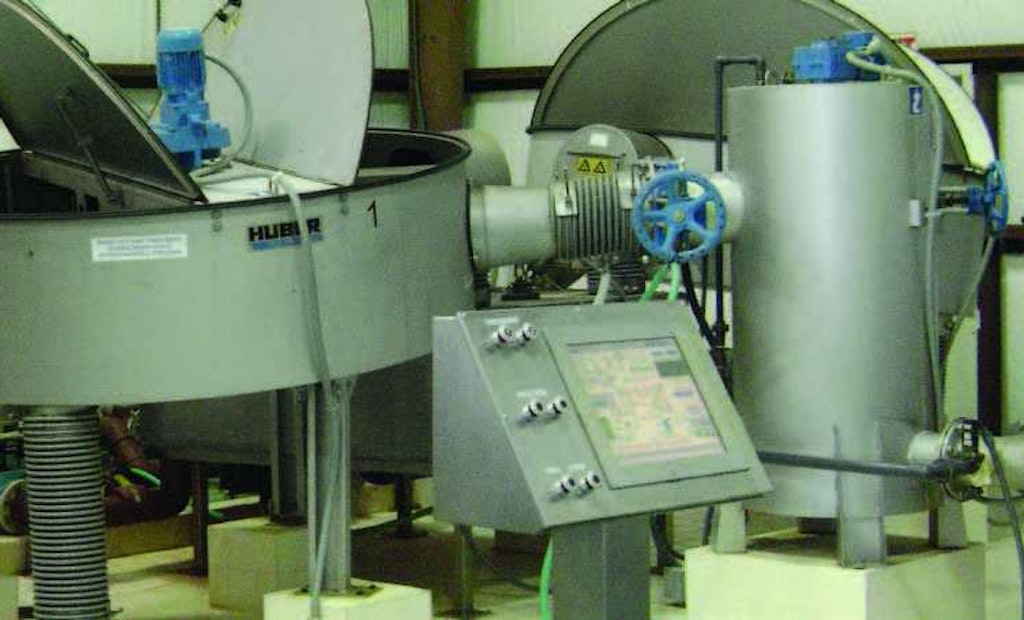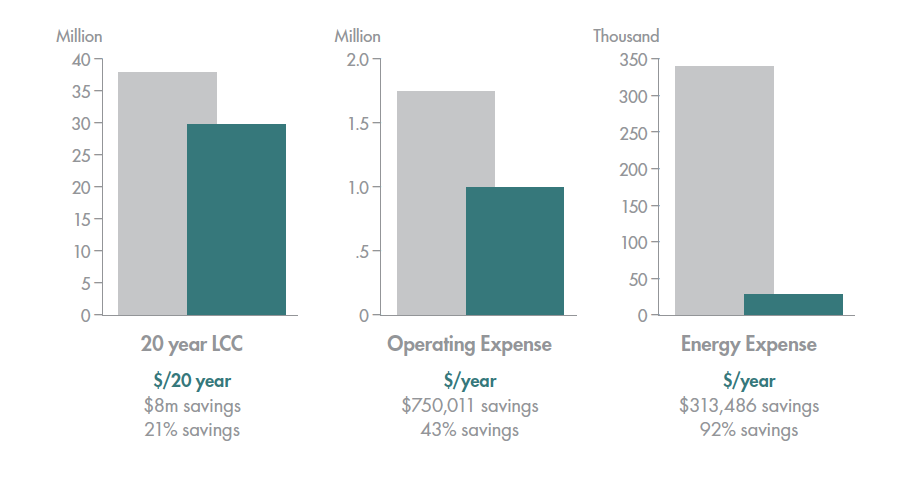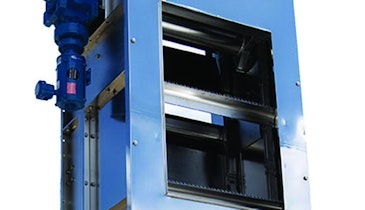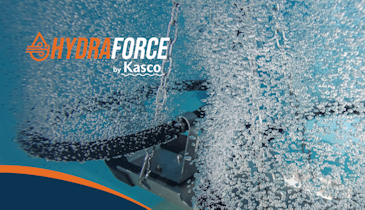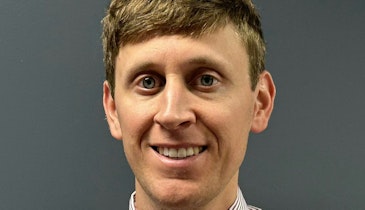Clay County Utility Authority installed Neutralizer systems at each of its four wastewater treatment plants between 2006 and 2010. The streamlined, patented two-stage Neutralizer system treats waste activated sludge and produces Class A residuals for unrestricted land application in just a matter of hours.
Long-term success:
- 43 percent reduction in annual operating costs for biosolids treatment and disposition
- 92 percent decrease in energy costs associated with biosolids treatment
- Odor-free residuals
- Enhanced nutrient removal that meets strict new standards for nutrient discharge
- Adjustable pH to suit client needs, with an extremely low P index
Cost/risk challenges:
- Escalating energy costs
- Need to control odor
- Hauling and disposal costs
- Stringent environmental regulations
A challenging situation
CCUA’s four regional WWTPs in the Jacksonville, Florida, area were treating secondary sludge through an antiquated aerobic digestion process and hauling Class B residuals either to the landfill or land application sites. In an effort to upgrade their process to a Class AA/EQ biosolids treatment solution at all WWTPs, CCUA commissioned Mittauer & Associates to conduct a comprehensive engineering study to evaluate the initial capital, operational and maintenance costs of various treatment options along with qualitative benefits for commonly used Class A and Class B biosolids treatment options. The findings would help the city address these challenges:
- Escalating energy costs
- Need to control odor
- Hauling and disposal costs
- Stringent environmental regulations
About the Neutralizer system
Neutralizer, BCR’s patented Class AA/EQ residuals treatment solution, is a two-stage chemical oxidation system that treats waste activated sludge and produces Class AA/EQ residuals in a matter of hours. Approved by the U.S. EPA as a process to further reduce pathogens, Neutralizer has become the most installed Class AA/EQ BCR Product in Florida because it is simple, safe, environmentally responsible and cost-effective for wastewater treatment plants.
Study points to BCR’s Neutralizer system
The study compared BCR’s Neutralizer solution to dryer systems, lime stabilization, anaerobic digestion and Class B aerobic digestion. The findings concluded that the Neutralizer system was the most economical and environmentally responsible option. The simple, two-stage chemical process safely meets pathogen and vector attraction requirements as defined by the CFR 40 Part 503. It requires a minimal footprint and can be easily integrated into a WWTP’s existing infrastructure.
BCR’s solution delivers
The BCR Neutralizer system that was implemented features a control system and monitoring devices that record process parameters and ensure the consistent, documented generation of high-quality Class AA/EQ biosolid material. The Neutralizer systems were installed between 2006 and 2010 at all four WWTPs, ranging from 2 mgd to 5 mgd average daily flow.
Following installation of the fourth Neutralizer system, 100 percent of CCUA’s biosolids met Class AA/EQ standards as defined by the CFR 40 Part 503. The material is registered as a commercial fertilizer with the Florida Department of Agriculture, and is distributed to local users. BCR’s solution provided multiple advantages over CCUA’s previous treatment system, including:
- 43 percent reduction in annual operating costs for biosolids treatment and disposition
- 92 percent decrease in energy costs associated with biosolids treatment
- Odor-free residuals
- Enhanced nutrient removal that meets strict new standards for nutrient discharge
- Adjustable pH to suit client needs, with an extremely low P index (phosphorous leach-ability) — 0.1 Phosphorous Source Coefficient in a study performed by Penn State University
Year One: Operating performance soars, energy usage and costs plummet
In 2009 CCUA conducted an internal analysis of the Neutralizer’s annual operating cost at the three locations that had been completed at the time, compared with the annual operating costs of digestion and hauling incurred by those sites. Monitored by a single control panel, the new, highly automated, and simple-to-operate system reduced CCUA’s annual biosolids management operating costs by approximately $750,000. What’s more, since day one, the system had reliably treated over 18,000 tons of biosolids with consistent results.
Instead of using energy-intensive treatment (digesters, dryers, incinerators, gasifiers) required for digestion, the Neutralizer system relies on chemistry. The entire Neutralizer process uses energy-efficient equipment to minimize electrical consumption by 90 to 95 percent from other Class A biosolids treatment options.
The following chart shows before-and-after 20-year life cycle costs and before-and-after average annual operating and energy costs:
What makes BCR a trusted partner?
BCR designs, builds and assumes full project accountability for long-term, sustainable wastewater treatment/organic waste and biosolids management solutions that deliver municipalities on average savings of 40-plus percent in operating costs and 90-plus percent in energy consumption. BCR partnerships meet capital and operating expense constraints, assure regulatory compliance, buoy public sentiment and enhance environmental stewardship.
